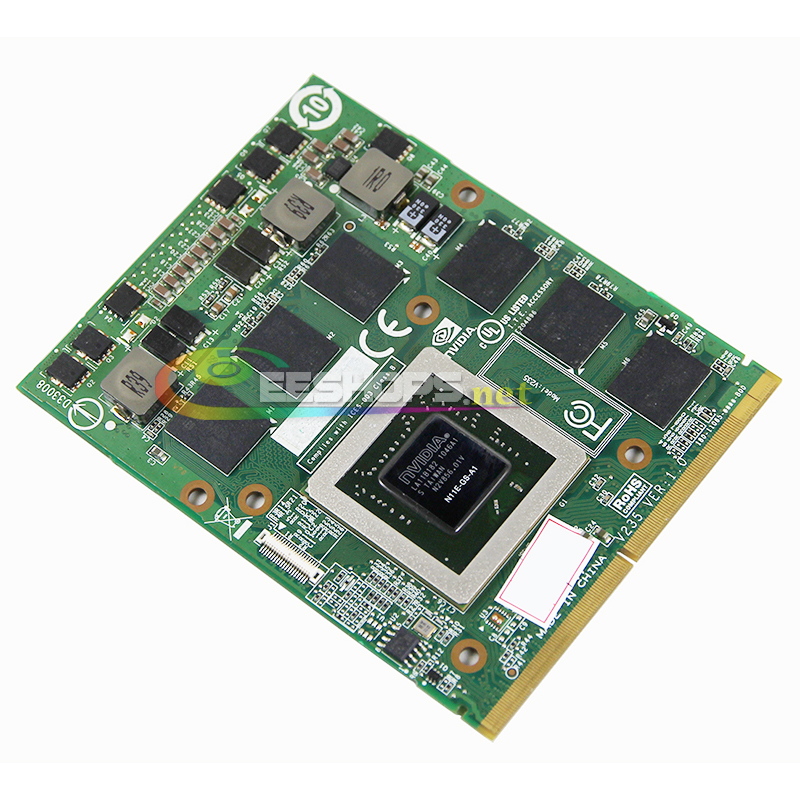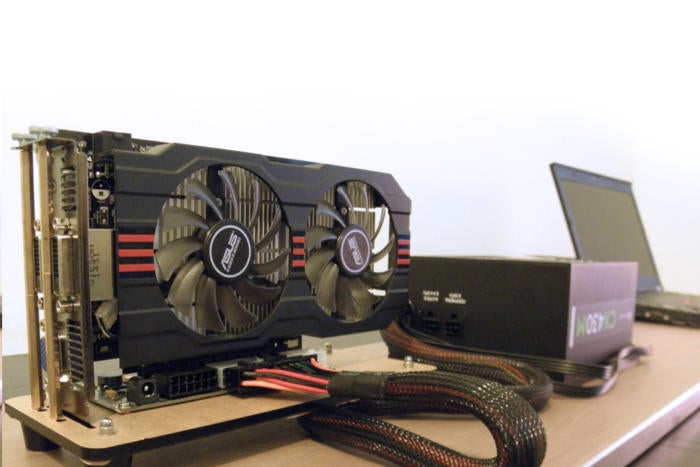

- #EXTERNAL GRAPHICS CARD FOR LAPTOP LAPTOP REVIEW FULL#
- #EXTERNAL GRAPHICS CARD FOR LAPTOP LAPTOP REVIEW PC#
However, if you're looking to play the best PC games, it simply isn't a great solution. If you're a traveling creator that wants a super thin and light laptop to take to meetings, and then attach it to a EGPU to get hardcore work done when back at a desk, it's honestly an awesome solution. One thing is abundantly clear through our testing, especially when it comes to synthetic benchmarks: you certainly are getting much higher performance. (Image credit: Blackmagic) Should I buy an EGPU? See, you could just have a desktop there at this point.

If you're dead-set on picking up a laptop with an external graphics solution, just keep in mind that the reality is not quite as rosy as it might seem. This is entirely because the processor in this laptop just isn't up to snuff for high-end gaming. Then, there's our test bench which jumps all the way up to 63 fps. However, while the Lenovo Yoga C940 does jump up from 6 fps to 23 fps when attached to the EGPU, the Alienware m15 is nearly twice as fast at 44 fps. We tested this setup in Metro Exodus, which we admit is a big ask for even the best gaming laptops.

#EXTERNAL GRAPHICS CARD FOR LAPTOP LAPTOP REVIEW FULL#
So, if you're investing in a high-end graphics card for one of these external graphics boxes, just know you're probably not going to see the full potential of that GPU.Įverything kind of falls apart when we take a look at actual gaming performance, however. When connected to our test bench the RTX 2080 scores 10,970 in Time Spy, which 31% faster. However, when you look at what the graphics card can do when connected to a PC that can fully take advantage of it, there's no comparison. It's a small difference, but it does mean that the stronger graphics card is indeed stronger. In Time Spy, the Alienware scores 7,446 to the EGPU's 7,629. Similarly in the hardcore Firestrike Ultra, the EGPU enables the Yoga to score a whopping 5,990 points to the 650 it gets on its own.Įven compared to the Alienware m15, the Yoga with an EGPU is looking quite nice. For instance, in Time Spy, the Lenovo Yoga C940 goes from 885 points all the way up to 7,629 when connected to the graphics box. We tested that against the laptop without an EGPU, an Alienware m15 R2 with an Intel Core i7-9750H, an Nvidia GeForce RTX 2080 and 16GB of RAM, and finally, our test bench with an AMD Ryzen 9 3900X, 32GB of RAM and the same Nvidia GeForce RTX 2080 tested in the external GPU box.Īnd, when we just look at synthetic benchmarks through 3DMark, it's looking pretty good for the external GPU. In order to test the performance of an Nvidia GeForce RTX 2080 on an EGPU, we paired it with a Lenovo Yoga C940 with an Intel Core i7-1065G7, 12GB of RAM and a 512GB NVMe SSD. This is the desktop system we used for comparisonĬPU: AMD Ryzen 9 3900X (12-core, up to 4.6GHz) That means the processor isn't fast enough to keep up with the graphics card, especially in situations that tax both components. For instance, in our review for the laptop we used for testing, we found that the processor was able to score 605 points in Cinebench R15, compared to the 1,463 scored by the Intel Core i7-9700K. So right off the bat, there's a lot less bandwidth the GPU can harness, but then you also have to take into consideration that the processor is orders of magnitude slower than a desktop chip.

You see, typically when you connect one of the best graphics cards to a motherboard you're able to use the full 16 PCIe lanes for the GPU - Thunderbolt 3, as magical as it is, is limited to just two. Especially when you take high-performance graphics into consideration, there's only so much an external graphics card can do. Pretty much no matter which graphics card they slotted in, they'd get much better gaming performance.īut here's the issue. This external graphics box would connect to the laptop through Thunderbolt 3 – still the only connection with enough throughput to power external graphics – and rely on the user to slot in the graphics card of their choosing. Instead, Razer urged users to pick up the Razer Core V1 alongside the Razer Blade Stealth in order to boost gaming performance when at home.


 0 kommentar(er)
0 kommentar(er)
